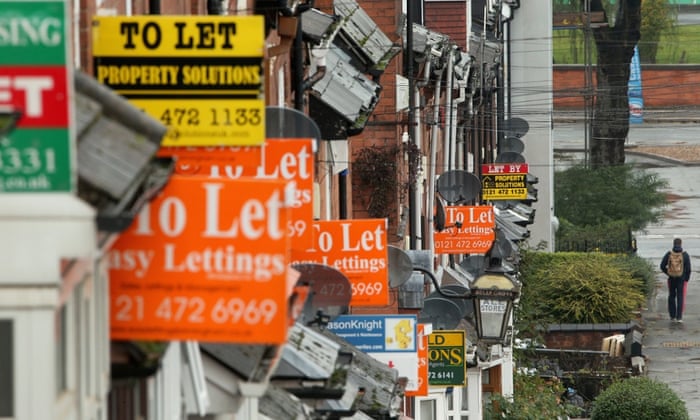Q My brother and I inherited a house on the death of our mother 15 years ago. Since then the property has been rented out. We are now considering selling. Apart from our personal capital gain allowance is there any other allowance we can claim? I’ve been told that as the property was totally rented we can claim a letting allowance of £40,000 each. Is this true? AC
A No. The fact that the property was “totally rented” actually means that the opposite is true and you can’t claim what HM Revenue & Customs refers to as “lettings relief”.
It is the case that lettings relief can make up to £40,000 of the gain on the disposal of a property tax free – however it is available only if the property on which a gain is made was, at some point during the ownership , your only or main home and so you qualified for “private residence relief”. In your and your brother’s case, because you never lived in the property as owners of it (any time you may have lived in your mother’s house when growing up doesn’t count), the only allowance you will be able set against the taxable gain on the property is the annual capital gains exempt amount of £11,100 (assuming you sell and make a gain in the 2015-16 tax year).
Essentially, you and your brother are in the same tax position as buy-to-let investors who buy and sell property which they have only ever let to tenants.
For many other readers who ask how capital gains tax is calculated on a property which was their home before being rented out – because they moved in with a partner, for example or got a job in a different part of the country – lettings relief of up to £40,000 is available. And joint owners each get up to £40,000 of lettings relief on their share of the gain.
To work out how much lettings relief you get, you first need to work out how much private residence relief you are entitled to.
To do this you take the number of months you actually lived in the property, add 18 and divide by the number of months you owned it and multiply by the gain made. For example, if you bought a home for £150,000, lived in it for five years, let it for another five years and then sold it for £250,000 you would have made a gain of £100,000. Your private residence relief would be £65,000 (78 – ie, 60 plus 18 – divided by 120, multiplied by £100,000).
You then calculate the “gain arising by reason of letting” by taking the number of months the property was let for (less 18 if it was let right up to being sold), dividing by the number of months you owned it and multiplying by the gain made. The “gain arising by reason of letting” in this example would be £35,000 (42 – ie, 60 minus 18 – divided by 120 multiplied by £100,000).
To work out how much of the gain is liable for tax, take the gain (or your share of it if you owned the property jointly) and subtract the amount of private residence relief you calculated. Then subtract whichever is the lowest figure out of “the gain arising of letting”, the private residence relief and £40,000.
Finally, deduct the annual CGT allowance of £11,100 to arrive at the amount on which you’ll pay tax at 18% if you are a basic-rate taxpayer, 28% if you pay tax at the higher rate. In the above example, none of the gain would be taxable because subtracting private residence relief of £65,000 and lettings relief of £35,000 brings the taxable gain to zero.


